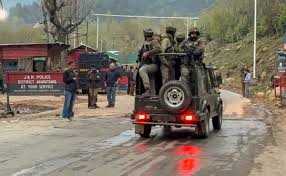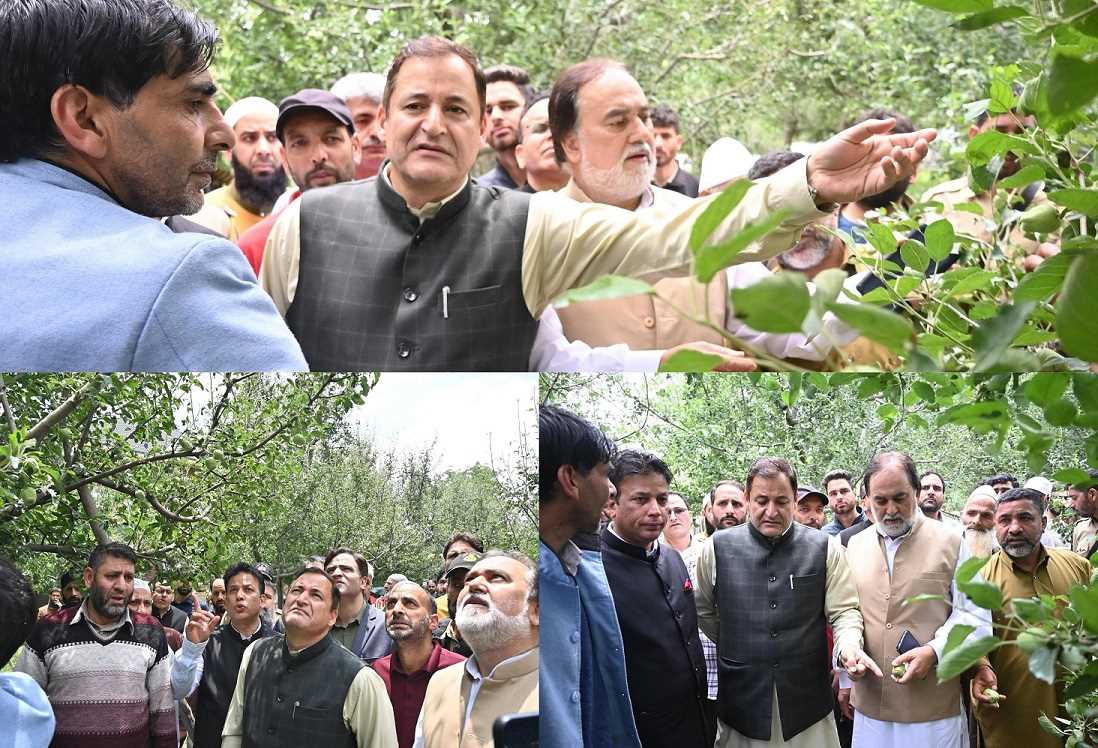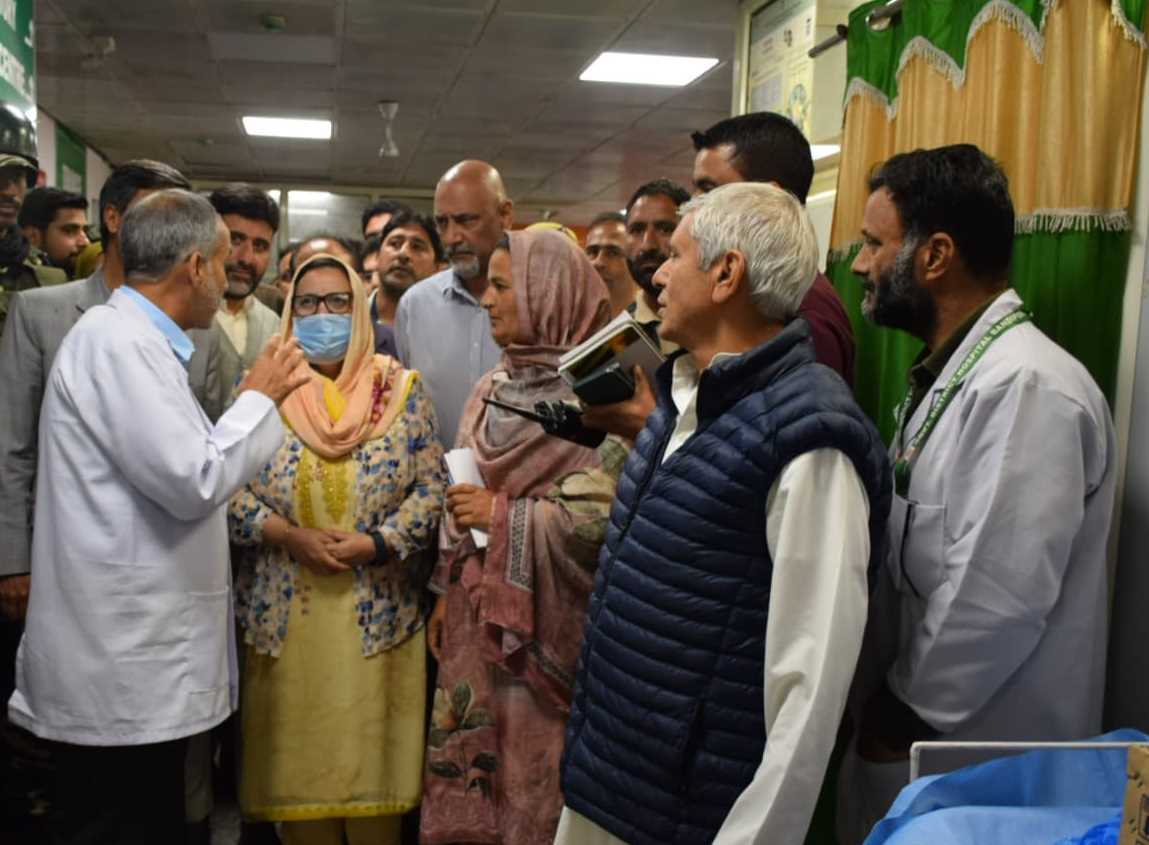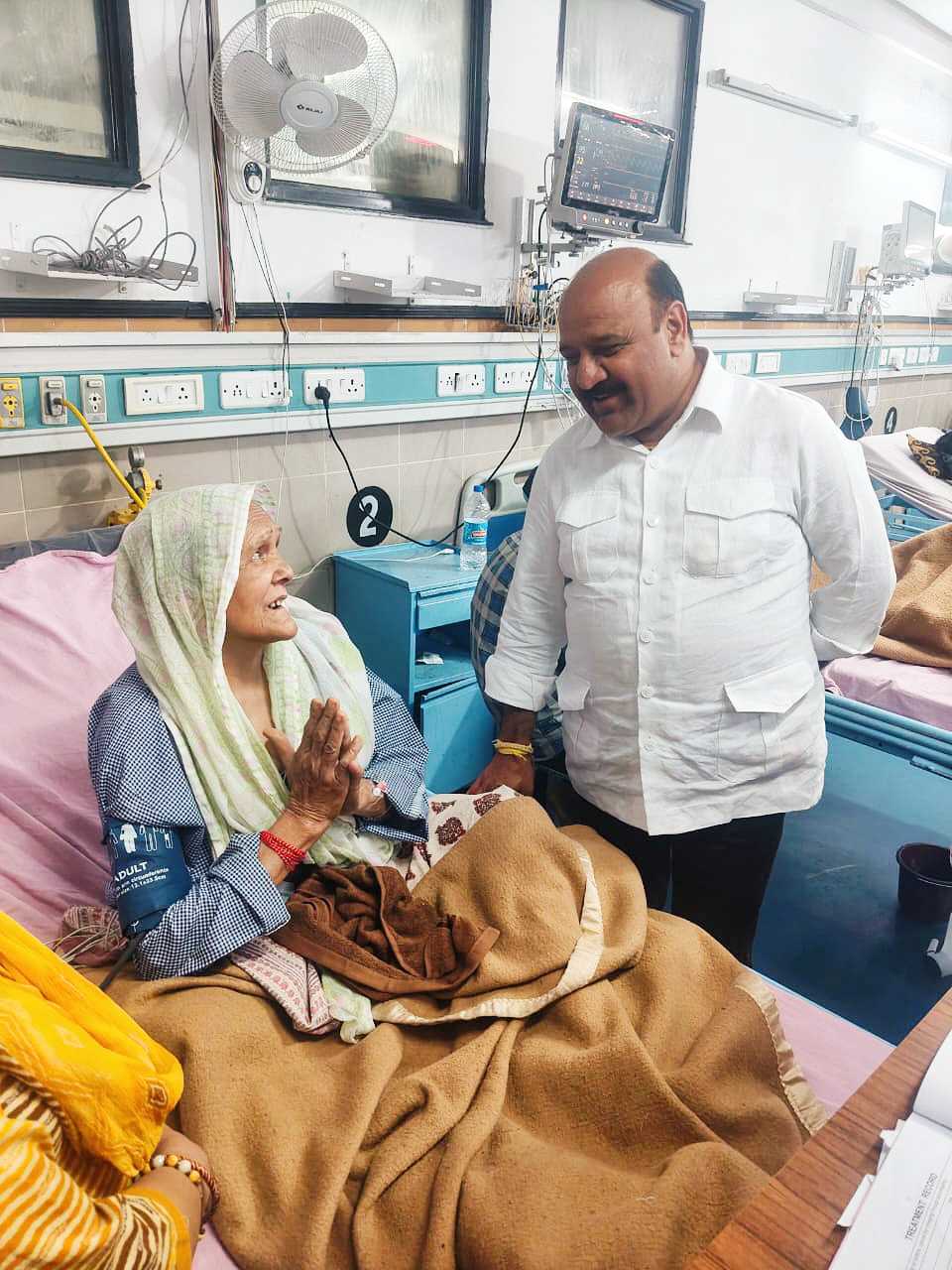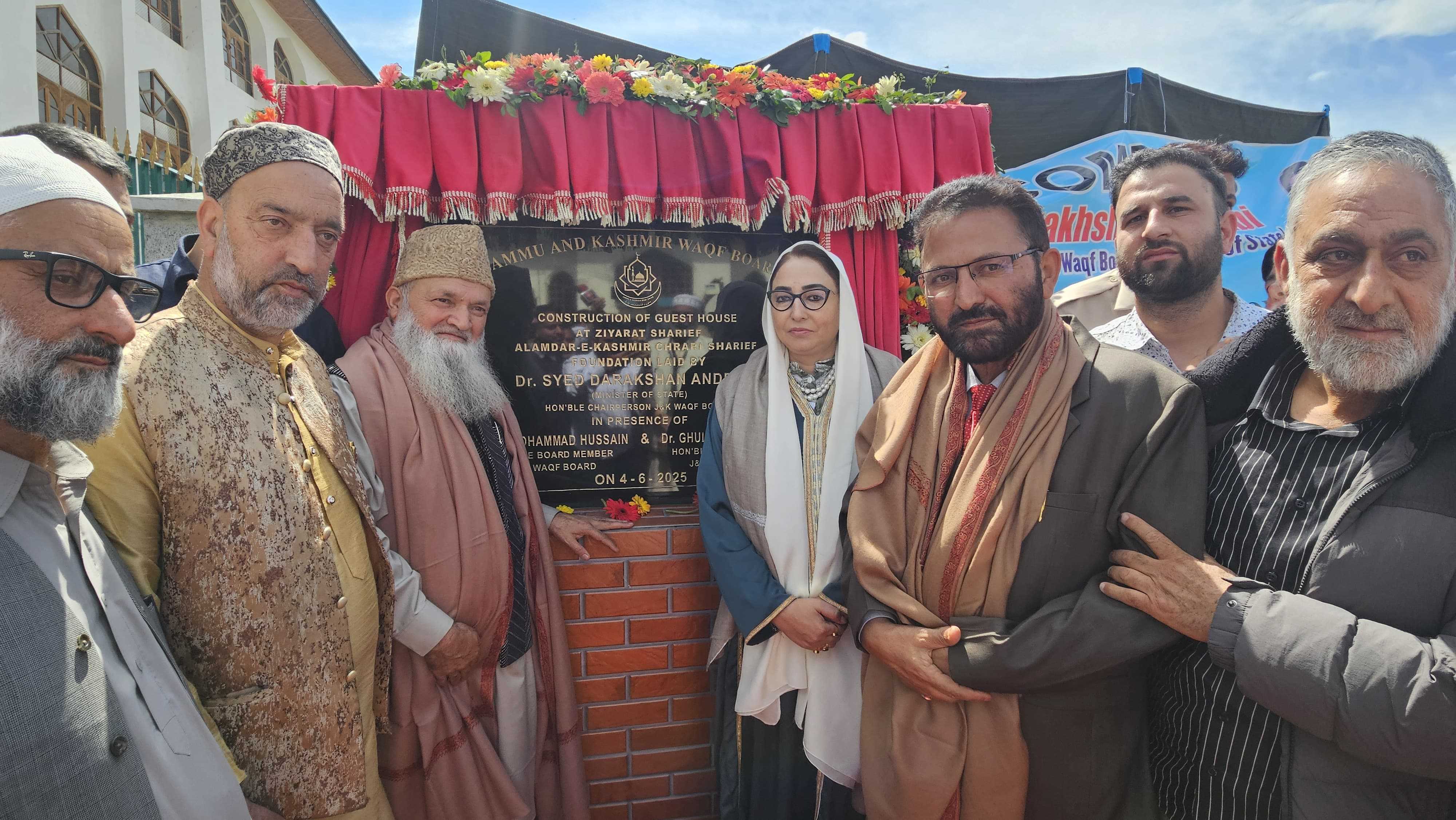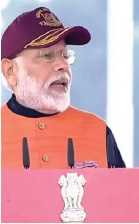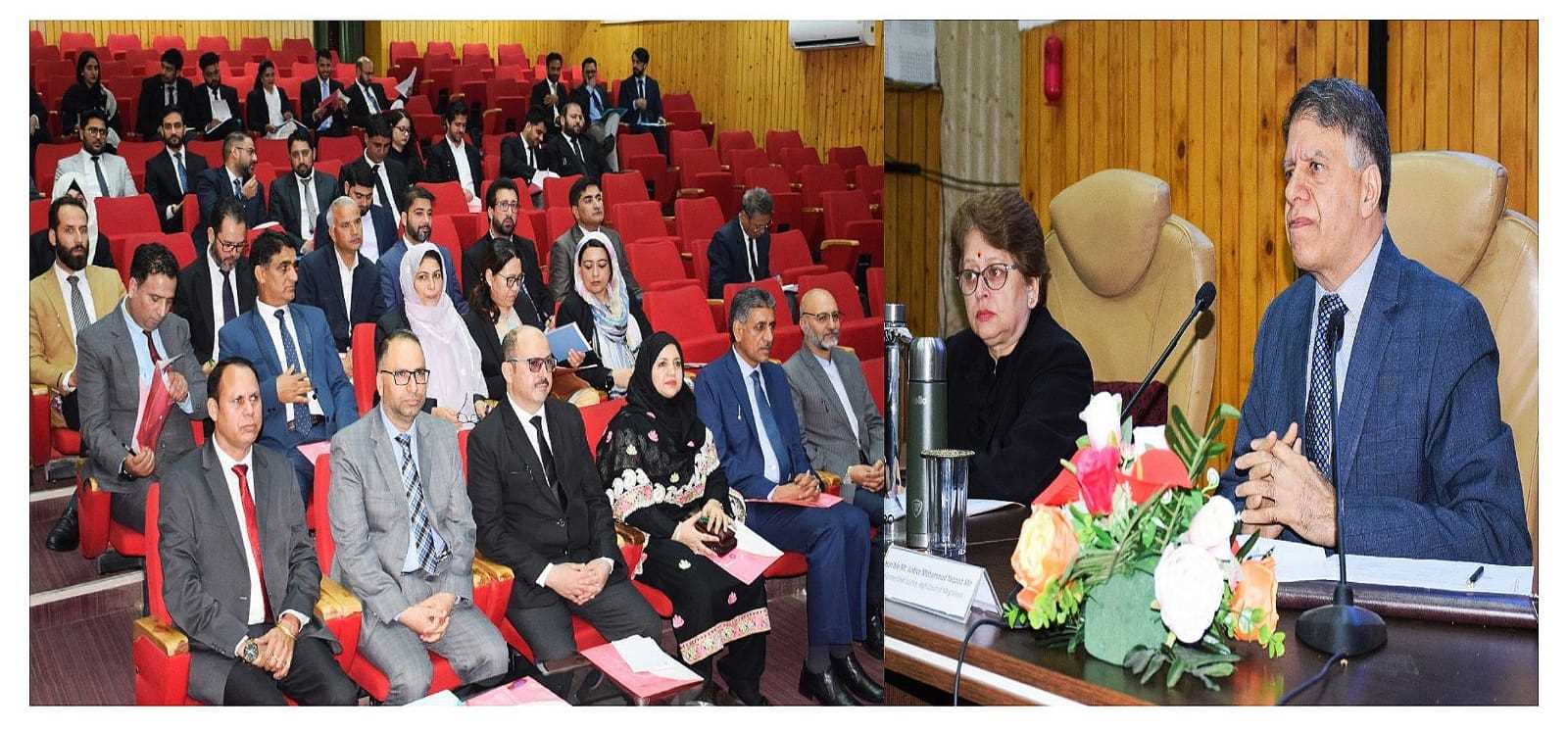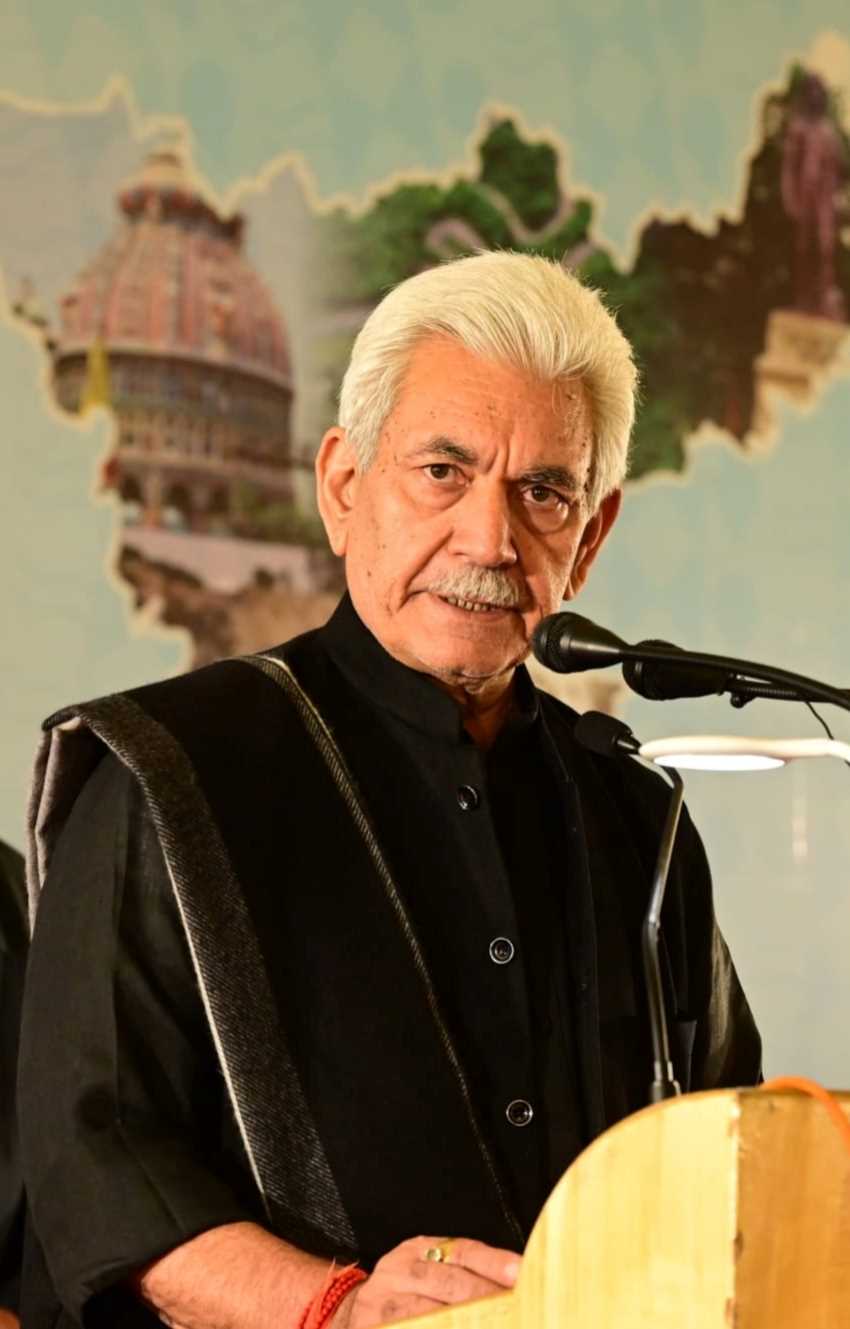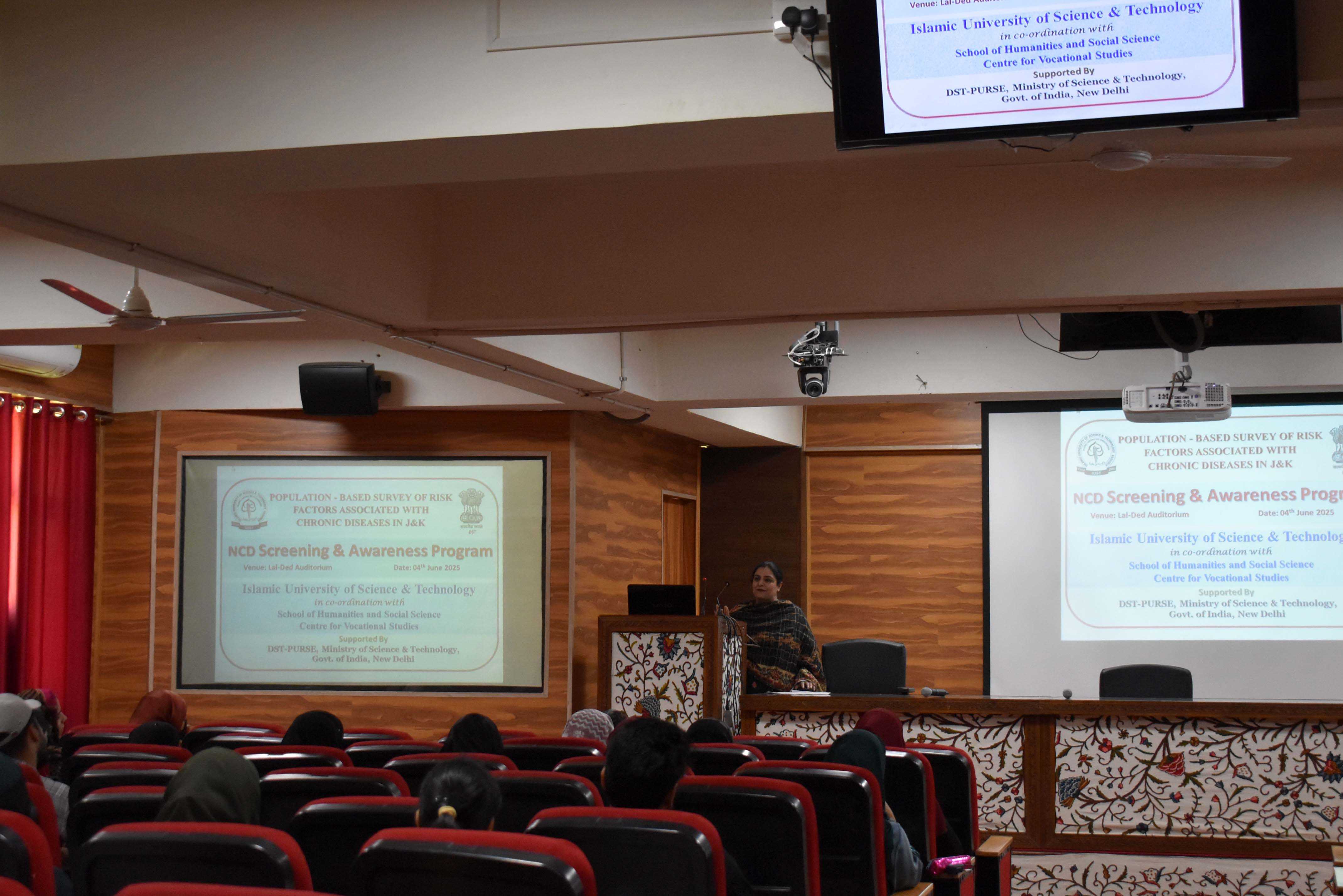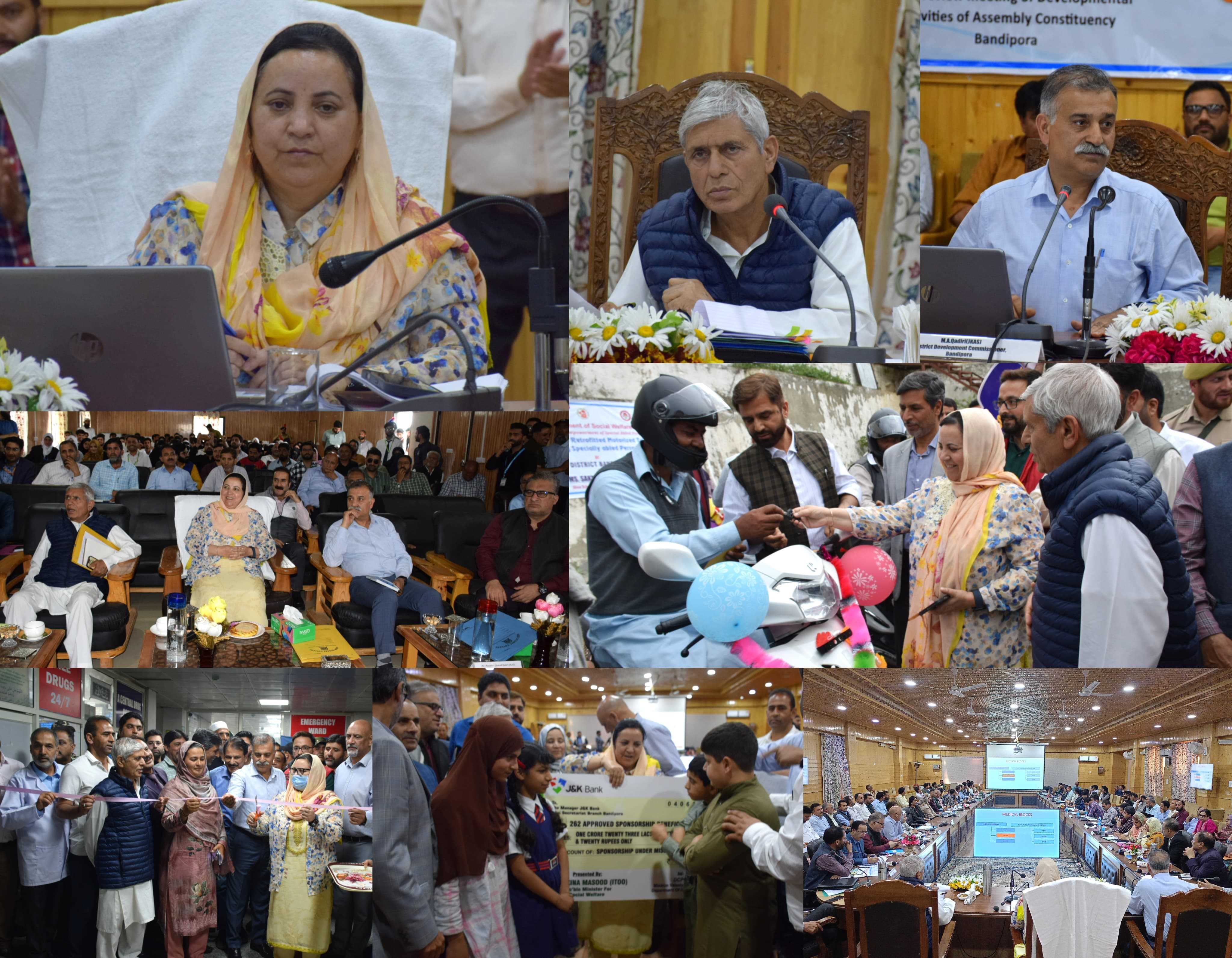The investigators probing the Pahalgam terror attack in which 25 tourists and a local resident were killed feel the terrorists involved in the November 22 attack are likely still in the South Kashmir’s dense forests area.
“The terrorists are believed to be ‘self-reliant’, i.e., be carrying provisions, and therefore stay hidden in the dense forests, which could explain why they had avoided detection so far,” NIA sources said.
Initial Inquiries indicate that the terrorists were present in Baisaran Valley, Pahalgam for at least 48 hours, they said.
The terrorists, who shot and killed 26 people in Pahalgam's Baisaran meadows in south Kashmir on April 22, have been on the run since – evading a massive manhunt involving the military and local police.
The NIA has taken over the investigation into the worst terror attack in J&K in recent years since February 2019, when 40 paramilitary CRPF men were killed in suicide attack Pulwama district of J&K.
NIA sources said OGWs, or Over Ground Workers, or terrorist sympathisers, interrogated after the attack said they recced four other locations.
“These included the Aru and Betaab valleys.
But all of them were heavily guarded and so the terrorists picked Baisaran. Questions have since been asked by the opposition about the lack of military presence, as a deterrent,” they said.
The equipment used, sources said, did not need SIM cards and was capable of short-range encrypted transmissions, making it difficult, if not impossible, for it to be intercepted.
“As many as three satellite phones were reportedly used by the terrorists, possibly to mask their positions and keep Indian security forces off guard till the attack, which began at 1.15 pm,” sources said.
The attack plan was simple – three terrorists sprang from hiding places around Baisaran to open fire at the tourists, while the fourth stayed hidden to provide back-up, if necessary.
Sources have said there may even have been other terrorists hiding nearby.
Witnesses reported the terrorists interrogated some victims – all of whom were men – asking them to recite Islamic verses. Those who failed were shot at point-blank range.
The videos from after the attack soon emerged online, showing women with their faces covered in the blood of their husbands and partners, pleading for help.
One terrorist sneered at a woman whose husband he had just killed, saying, “Go tell (Prime Minister Narendra) Modi.”
Among the 26 men who were killed was a Nepali citizen. Another was a Navy officer on his honeymoon; he had been married less than a week ago. Yet another was a 70-year-old man from Andhra Pradesh. A fourth was a 35-year-old Karnataka family man who begged for his life.
So far, over 2,800 suspected persons have been questioned by security personnel during the crackdown.
“Over 150 remain in custody, including suspected OGWs,” sources said.
They said NIA is also reviewing CCTV footage from transit points and public locations in and around Pahalgam, as well as data from regional security checkpoints to track movement patterns.
Officials said a possible link is being explored between the Pahalgam attackers and those responsible for the Rajouri-Poonch convoy strikes.
